You’ll never walk alone - Nepal bans tourists from trekking without guides
Independent hikes to be banned in all Nepal's national parks from 1 April
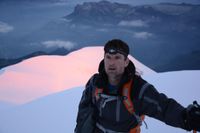
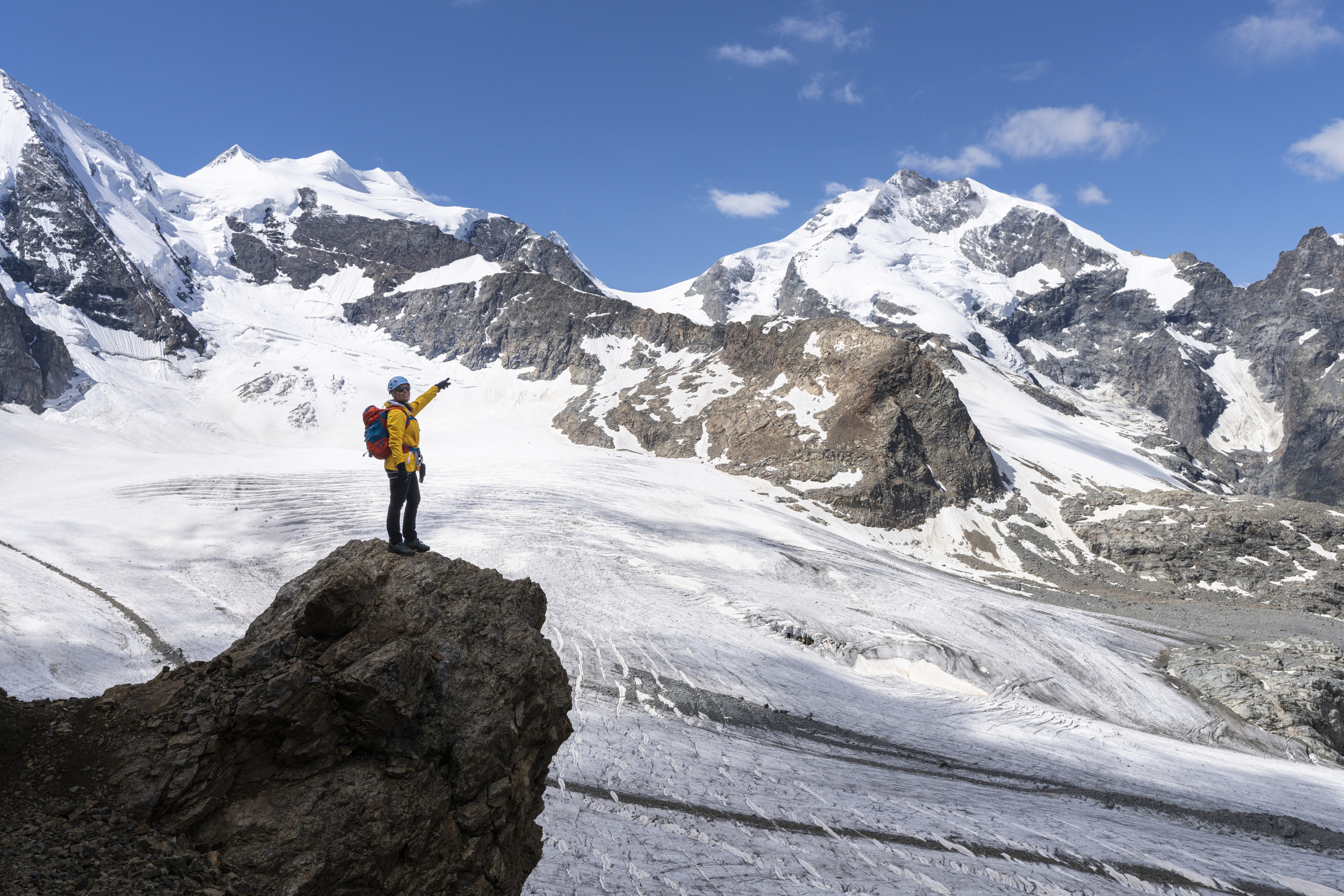
Independent hikers heading to Nepal may need to rethink their plans, after the country announced plans to impose a blanket ban on all foreign nationals attempting to trek without a guide in the Himalayan country from next month.
The ban applies to all foreign individuals and groups visiting the country to hike without local guidance, collectively known as Free Independent Trekkers (FITs), and will come into force on 1 April, but it’s no joking matter. According to local sources, the measure has been taken because of the number of visitors who go missing in the beautiful but brutally unforgiving and technical terrain of the mountainous kingdom.
- Don't travel without the best hiking boots
- Check out the best waterproof jackets
- Be prepared with the best base layers
“This decision has been made for the tourists' benefit," the director of Nepal Tourism Board (NTB), Maniraj Lamichhane told Indian news agency ANI. "While going on solo treks, tourists often get lost and might face insecurities. In order to mitigate that we have come to the decision to put a ban on solo treks. Starting from April 1, guides are mandatory for adventure tourism.”
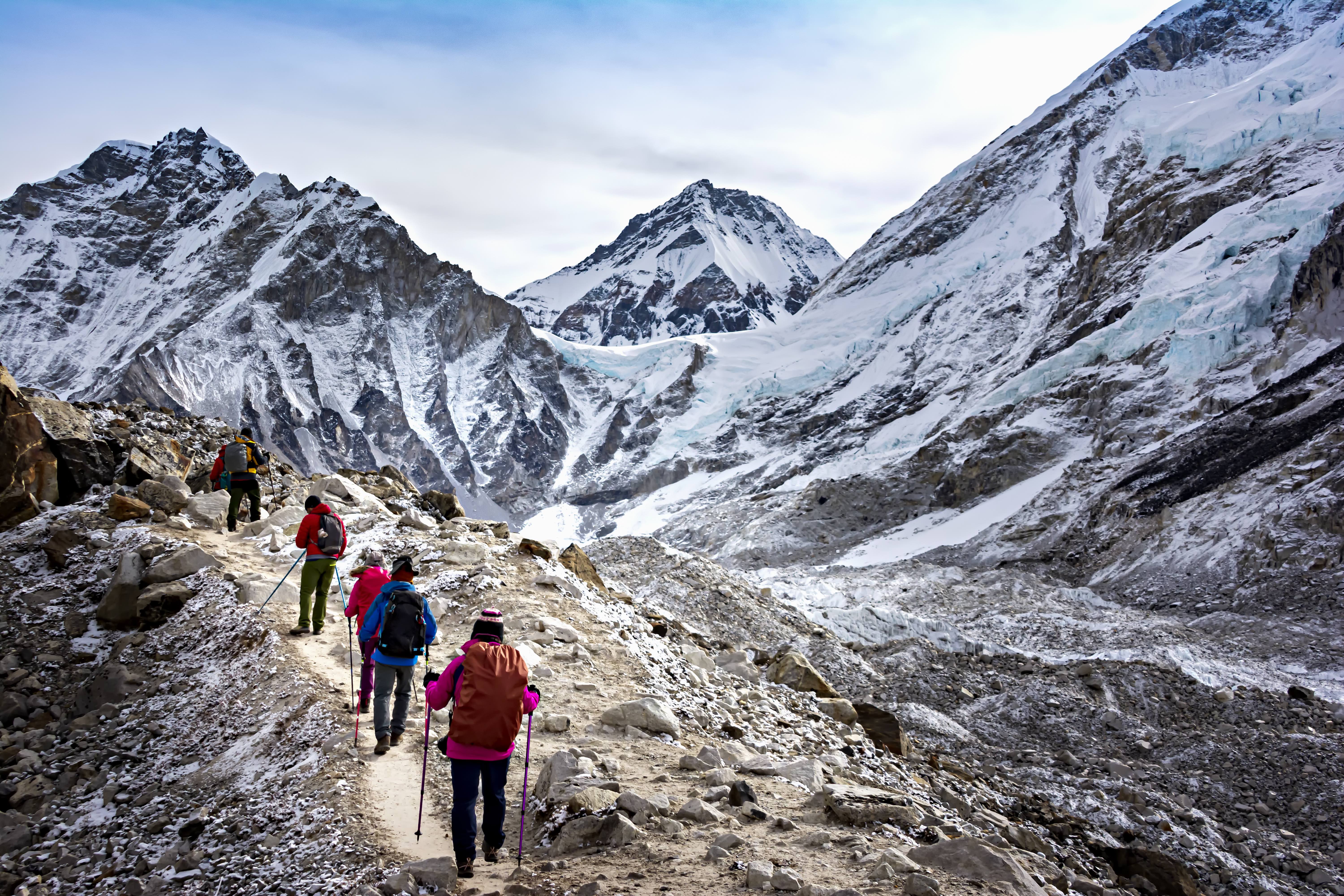
A ban on solo hiking and climbing on the flanks of Everest already exists, but this new ruling effectively extends that to all the mountainous areas of Nepal, and the decision – taken earlier this month – will affect large numbers of people. According to NTB figures, up to 50,000 tourists trekked without a guide or a porter in Nepal in 2019, after securing a route permit and a Trekkers Information Management System (TIMS) card. The new law will basically ban foreigners, including FITs, from getting a TIMS permit without a guide. "Tourists would have to trek via a trekking company," explained Lamichhane.
According to the Kathmandu Post the NTB has also increased the fee charged to trekkers, although it's still pretty modest. For hikers arriving from third countries, other than South Asia, the fee for a TIMS card or a trekking permit has doubled from Rs1,000 (US$7.50) to Rs2,000 (US$15) per person.
Since 2012 the Trekking Agencies Association of Nepal has lobbied the country’s government to implement a one-trekker, one-guide system, and such a directive was about to come into force in 2015, until the scheme fell apart in the wake of the earthquake that caused tragedy across the region. Now, however, the government has said it is listening to the industry’s concerns and backing the proposal.
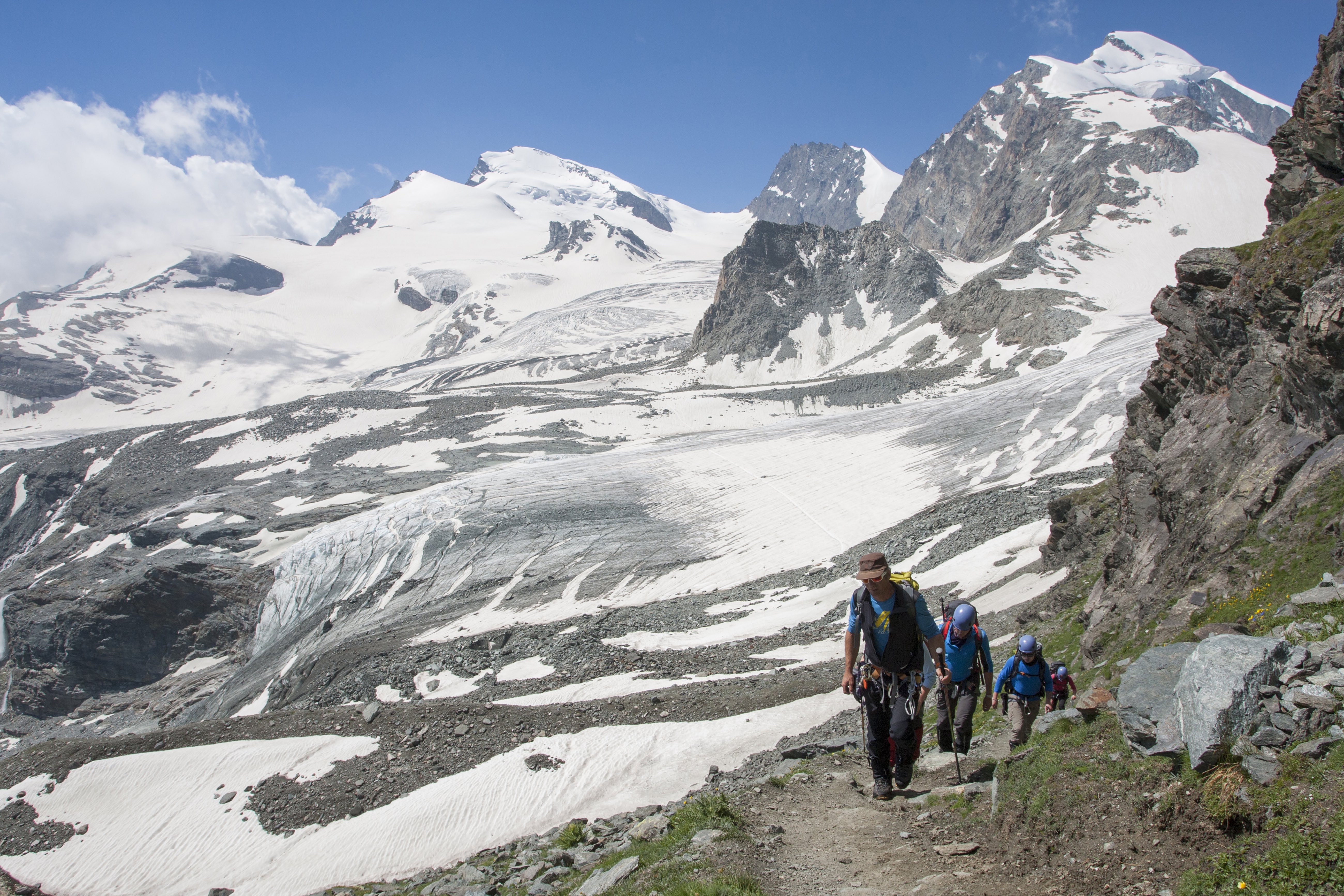
Reactions to the new ruling have been mixed, with some people criticising the removal of the right to freely roam the country, accusing the Nepalese government of greed and saying it will negatively impact tourism. Others, however, say it will make the country safer for visitors - many of whom are not adequately prepared for the conditions they face on the high-altitude Himalayan trails.
Get all the latest news, reviews, deals and buying guides on gorgeous tech, home and active products from the T3 experts
“Every year, some 10 to 15 trekkers go missing, mostly FITs, and this is serious,” Nilhari Bastola, president of the Trekking Agencies Association of Nepal, told the Kathmandu Post. The danger is not just to the tourists who become lost, but also to the emergency services that incur great cost and take large risks to rescue them.
Bastola also explained that the new measure will increase employment in Nepal. Prior to Covid, Nepal received 1.19 million foreign tourists annually, over 300,000 of whom were trekkers, mostly heading to the Annapurna area and Everest region. However, projected figures for 2023 are still 40% down. According to figures from the NTB, while more than 46,000 TIMS cards were issued to FITs in 2019, the numbers were down to 19,415 in 2022. Around 1 million young people leave Nepal each year because of a lack of opportunities at home, and many end up labouring in dire conditions in countries such as Qatar.
“We have estimated that roughly 40,000 Nepalis will get new employment if the rule is enforced,” Nilhari Bastola, president of the Trekking Agencies Association of Nepal, told the Kathmandu Post. According to Bastola, the typical daily fee for a guide ranges from US$25 to $50, rising to $100 or $200 a day on more technical and dangerous routes.
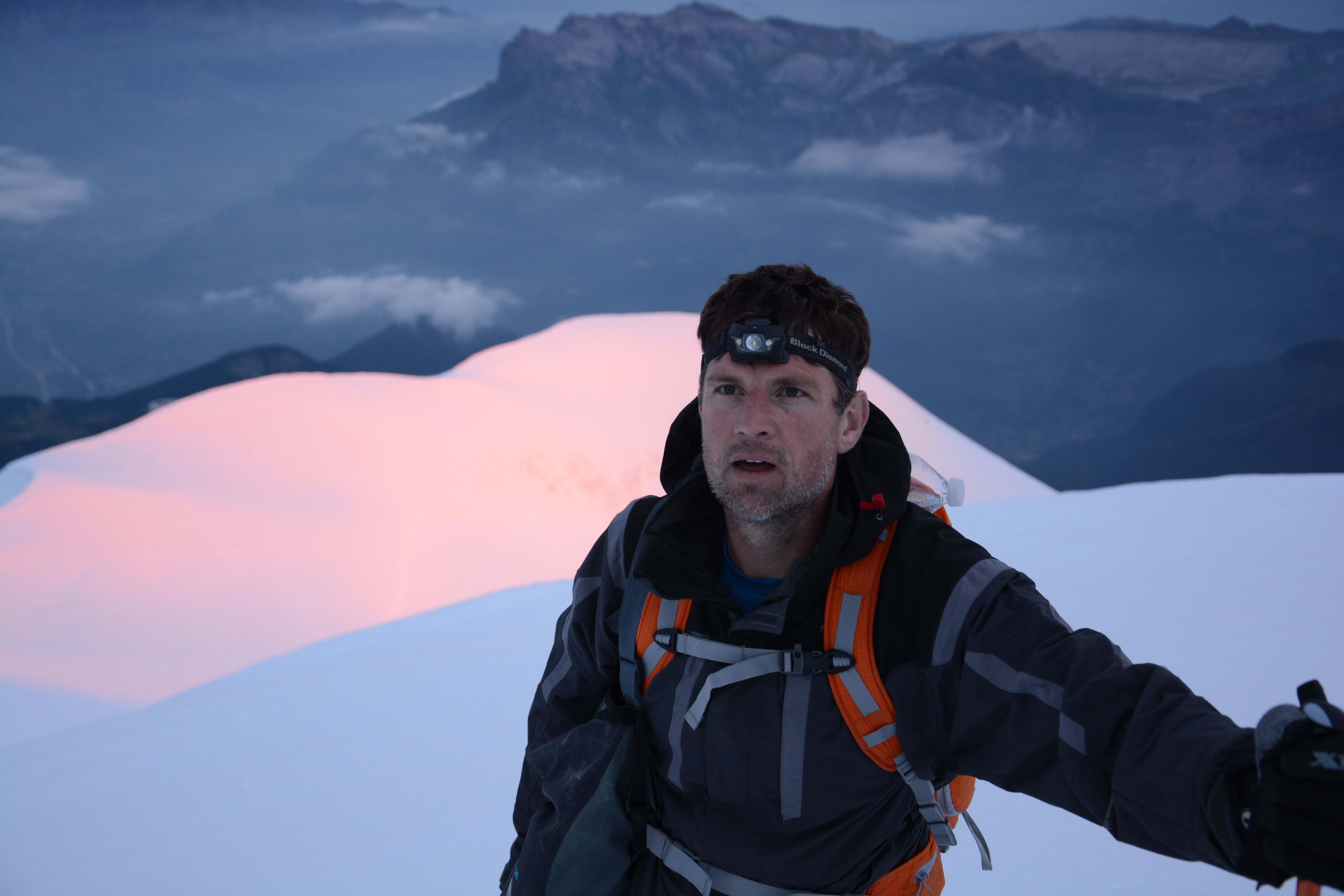
Author of Caving, Canyoning, Coasteering…, a recently released book about all kinds of outdoor adventures around Britain, Pat Kinsella has been writing about outdoor pursuits and adventure sports for two decades. In pursuit of stories he’s canoed Canada’s Yukon River, climbed Mont Blanc and Kilimanjaro, skied and mountain biked across the Norwegian Alps, run ultras across the roof of Mauritius and through the hills of the Himalayas, and set short-lived speed records for trail-running Australia’s highest peaks and New Zealand’s nine Great Walks. A former editor of several Australian magazines he’s a longtime contributor to publications including Sidetracked, Outdoor, National Geographic Traveller, Trail Running, The Great Outdoors, Outdoor Fitness and Adventure Travel, and a regular writer for Lonely Planet (for whom he compiled, edited and co-wrote the Atlas of Adventure, a guide to outdoor pursuits around the globe). He’s authored guides to exploring the coastline and countryside of Devon and Dorset, and recently wrote a book about pub walks. Follow Pat's adventures on Strava and instagram.